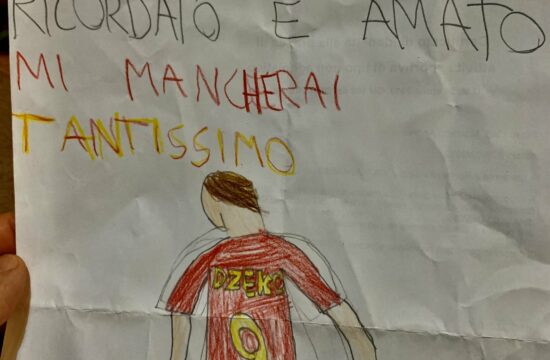
Italian authorities were on the defensive Tuesday as they faced tough questions over the country's handling of the novel coronavirus, which is rapidly spreading across the country's northern regions.
Italian Prime Minister Giuseppe Conte has tried to allay fears that the central government is unable to contain the virus, after he was forced to admit that a hospital in the northern town of Codogno had mishandled the region's first coronavirus case and had contributed to the deadly virus’ spread.
Italy has confirmed 322 cases of the virus, the Italian civil protection agency said Tuesday. That's the highest number of coronavirus infections outside Asia.
The cases are heavily concentrated in the region of Lombardy where 212 infections have been confirmed. The authorities said Tuesday evening that 11 people have so far died from the virus in the country.
“Our health system is excellent, our precautionary measures are of the utmost rigor and we trust that, by virtue of the combined provisions … we will promote a containment effect,” Conte told reporters on Tuesday.
When asked by journalists what went wrong at the hospital, he responded. “This is not the time for controversy” and added that Lombardy authorities had collated a report that “absolutely demonstrates the full correctness of the work of the health workers of the Codogno hospital.”
In a previous interview with Sky TG 24, however, he said: “I cannot say that I am not worried, I don't want anyone to think that we are underestimating this emergency. But I can say that with the measures we have enforced, I am faithful that we will have a containment effect in the coming days.”
Italy has put several cities and towns in the country's north on lockdown, banning people from entering or leaving affected areas, suspending public events and closing attractions, such as museums, to the public, according to the European Center for Disease Prevention and Control. The measure effectively put an estimated 100,000 people under quarantine.
Conte said his government had presented draft orders to regions near affected areas as well as those unaffected to “ensure maximum uniformity of behavior throughout the national territory” and to help contain the viral spread.
Walter Ricciardi – a member of the World Health Organization's executive committee, who also advises the Italian government – conceded that it was difficult to enforce responsive measures at the regional level, where it is needed.
“The measures that have been taken recently, that the Prime Minister and all ministers are currently discussing with the regions, are going in the right direction,” he told journalists Tuesday.
“But all the organization and management mechanisms are entrusted to the regions, unlike other countries that have a single command line, and so it is no coincidence that they currently have fewer cases than we do.”
‘Patient 1’ mishandled
Conte on Monday night said that the hospital that treated the first coronavirus case in Codogno, known as Patient 1, had not followed protocol. Conte did not elaborate on what protocols were breached.
It was clear “there has been a management of the hospital not entirely proper according to prudent protocols, which are recommended in these cases, and this has certainly contributed to the spread,” he said.
Italian authorities have identified Patient 1 as a 38-year-old man, giving only the name Mattia.
Mattia was originally in intensive care for respiratory problems at a hospital in Codogno, but is now being treated at the Policlinico San Matteo in Pavia, about 35 kilometers south of Milan, Italian Civil Protection Agency spokesman Juri Pittaluga told CNN. Mattia's pregnant wife, Valentina, has also tested positive for the virus and is in the Sacco hospital in Milan, but her health condition is “not worrying at all,” Pittaluga said.
Italian authorities have not been able to identify Patient 0, the term given to the person who brought the coronavirus into the country, a crucial piece of information that could potentially prevent new clusters of cases.
The rapid spread of the virus in Italy has sparked fears of contagion across the European Union. The EU's Schengen Area allows people in most member states, as well as many tourists, to move freely between countries without border checks.
The UK Department of Health put out a new travel advisory saying British travelers returning from northern Italy – areas north of Pisa, Florence and Rimini – should self-isolate if they display flu-like symptoms. The advice was issued the week after some schools took half-term breaks, a period when many British families travel to other European countries.
A team of health experts from the World Health Organization and the European Center for Disease Prevention and Control arrived in Italy on Monday to assist local authorities.




